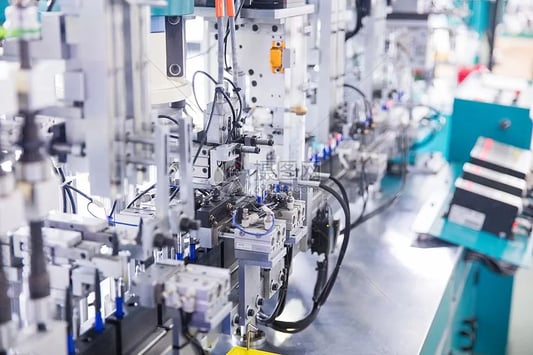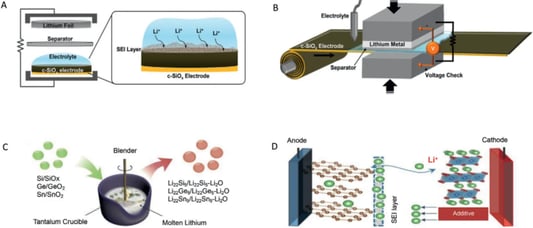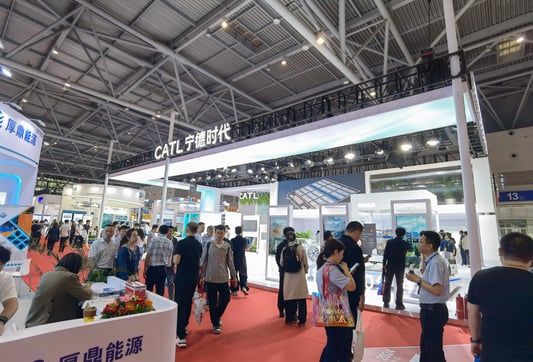The side voltage of the lithium battery refers to the voltage of the aluminum layer between the positive ear of the soft-pack battery and the aluminum-plastic film.In theory, the aluminum layer between the positive electrode and the aluminum-plastic film is insulated, that is, their voltage should be 0In fact, during the processing of the aluminum-plastic film, the PP layer of the inner layer will be locally damaged, resulting in local conduction (including electronic channels and ion channels) between them, forming a microbattery, and thus a potential difference (voltage).The side voltage standard varies from manufacturer to manufacturer, but most of the industry is set below 1.0V, and the standard voltage is based on the dissolution potential of aluminum lithium alloy!Why control the side voltage?Because if the inner PP film of the aluminum-plastic film is damaged, the capacity will be corroded.The conditions for corrosion must have two points: 1, the electronic path, the negative electrode and the aluminum layer of the aluminum-plastic film form the electronic path; 2, the ion path, the aluminum layer of the aluminum-plastic film and the electrolyte form an ion path; Without either one, corrosion doesn't work.After the two conditions are established, the lithium ion will react with the aluminum layer of the aluminum-plastic film to generate lithium aluminum alloy; Lithium aluminum alloy is a powdery substance, resulting in aluminum-plastic film penetration; That is, we often see some black spots inside the aluminum-plastic film; These dark spots will become more and more obvious with time and the number of charges and discharges.How to choose?The current statistical detection methods are:1, test the resistance between the aluminum plastic film and the negative ear, greater than 5M ohms is relatively safe, some companies define the relatively low, look at the final PPm of bad products we endure, you can measure some data and then define their own standards can also; This resistance test is mainly to pick out the electronic path;2, test the current between the positive electrode and the aluminum film, you can use the DC source test, it is generally believed that the current is greater than 0.001mA, it is defective, need to be picked out;3. Test the voltage between the positive electrode and the aluminum film, which is generally considered to be greater than 1V for defective products.You can test 1 and 2, or 1 and 3 together.








![[CIBF2024-Exhibitor Recommendation] Jiangxi Black Cat Carbon Black Co., Ltd. cordially invites you to visit the 16th Chongqing International Battery Technology Exchange/Exhibition at CIBF2024.](https://cdn1.funpinpin.com/cdn-cgi/image/w=533,dp=2,format=auto/6b12a10310/202404/640.png)